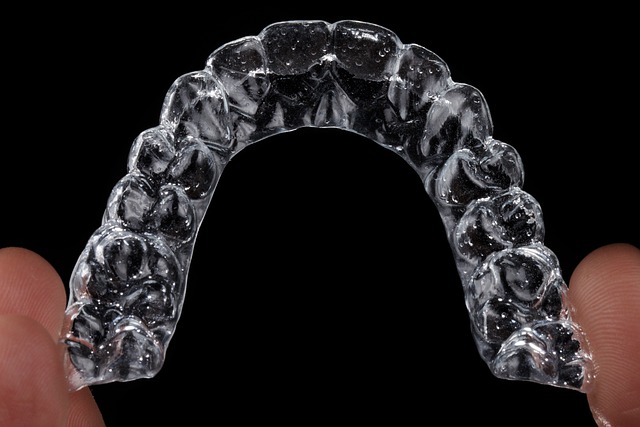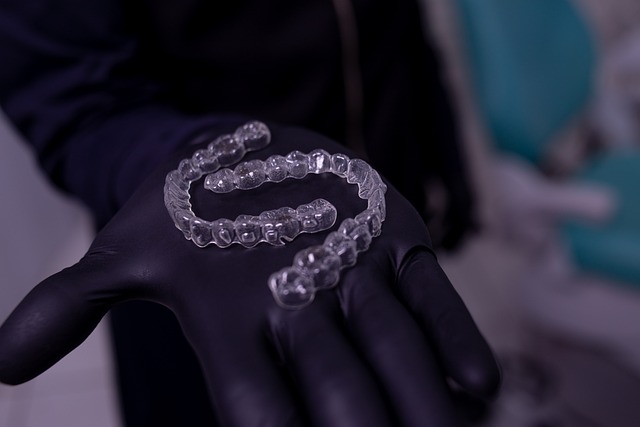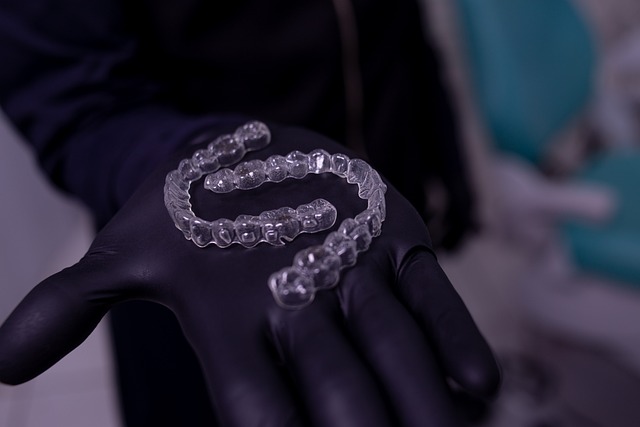Invisalign utilizes advanced digital scanning technology to revolutionize orthodontic treatments by providing precise 3D images that replace traditional impression methods. This technology enhances the creation of custom-fit clear aligners, offering a more comfortable and efficient treatment experience than ever before. The digital workflow from planning to application is sophisticated, using software like ClinCheck to accurately assess tooth positions, forecast their movements, and chart a detailed course for alignment transformation. This ensures not only an aesthetic improvement but also functional effectiveness, contributing to oral health throughout the treatment. Invisalign's approach exemplifies its commitment to innovative solutions in orthodontic care, significantly improving precision and efficiency in creating personalized aligners. The shift towards digital scanning has made orthodontic care more accessible and less invasive, leading to better outcomes for patients. With tools like the iTero scanner and ClinCheck software, Invisalign provides a clear visualization of treatment progress, enhancing patient engagement and satisfaction. This digital-first method not only streamlines treatment but also empowers patients with confidence in their orthodontic outcomes, making Invisalign a leading innovation in dental aesthetics, offering an esthetically pleasing alternative to traditional braces through its virtually invisible aligners. The impact of this technology on the field of orthodontics is transformative, delivering personalized and efficient care.
3D scanning technology has revolutionized the field of orthodontics, particularly with the advent of Invisalign clear aligners. This article explores the precision and personalization that digital scanning brings to Invisalign treatment. We delve into the evolution from traditional dental impressions to the cutting-edge digital scans that now define the Invisalign process. The integration of high-tech scanners in Invisalign treatment plans is a testament to the relentless pursuit of innovation in clear aligner therapy, offering patients an unprecedented level of comfort and effectiveness. Join us as we examine the advancements that have propelled Invisalign to the forefront of dental technology.
- Unveiling the Precision of Digital Scanning in Invisalign Aligners
- The Evolution of Orthodontic Treatment: From Impressions to Digital Scans with Invisalign
- How Invisalign Leverages Digital Scanning for Personalized Clear Aligners
- Advancements in Dental Technology: The Role of High-Tech Scanners in Invisalign Treatment Plans
Unveiling the Precision of Digital Scanning in Invisalign Aligners

Digital scanning technology plays a pivotal role in the creation of Invisalign clear aligners, offering unparalleled precision and personalization. The advanced scanners used by orthodontists capture a detailed 3D map of a patient’s dental structure with accuracy that was once only achievable through traditional impressions. This high-definition data serves as the foundation for the customized series of aligners, ensuring each tray is tailored to incrementally shift teeth into their ideal positions. The result is a treatment plan that is not only effective but also comfortable, minimizing discomfort and accelerating the overall orthodontic process.
The sophistication of Invisalign’s digital scanning technology extends beyond mere data collection; it encompasses the entire treatment workflow from planning to execution. With each scan, the software evaluates the current alignment of teeth, predicts future positions, and outlines a precise roadmap for their transformation. This meticulous process not only enhances the aesthetic appeal of the aligners but also improves their functionality, as the aligners fit securely and promote optimal oral health throughout the treatment duration. The seamless integration of digital scanning into Invisalign’s methodology is a testament to the brand’s commitment to advancing orthodontic care with cutting-edge technology.
The Evolution of Orthodontic Treatment: From Impressions to Digital Scans with Invisalign

Orthodontic treatment has undergone a significant transformation over the past few decades, with the advent of digital scanning technology marking a pivotal point in this evolution. Traditionally, orthodontic procedures began with the creation of physical impressions of a patient’s teeth, a process that could be uncomfortable and messy. This method involved the use of dental impression materials, which patients had to bite into for a few minutes to capture the exact contours of their teeth and surrounding oral structures. The resulting models were then used to craft temporary plastic aligners or to plan fixed appliances.
The introduction of Invisalign technology ushered in a new era of orthodontic treatment, transforming the way dental practitioners approach malocclusion. Invisalign’s digital scanning system replaced the manual impression process with advanced 3D imaging, allowing for precise visualization of a patient’s dental architecture. This innovative approach not only improved patient comfort by eliminating the need for physical impressions but also significantly enhanced the accuracy and efficiency of aligner design and treatment planning. Invisalign’s digital workflow encompasses the iTero scanning device, which captures detailed images of a patient’s mouth, and the ClinCheck software, which simulates the entire treatment process from start to finish. This technological advancement has made orthodontic care more accessible, less invasive, and highly customizable, leading to better outcomes for patients seeking straight teeth and improved occlusion. The integration of Invisalign’s digital solutions into orthodontic practices represents a leap forward in the field, reflecting a commitment to patient comfort, predictable results, and advanced dental care.
How Invisalign Leverages Digital Scanning for Personalized Clear Aligners

Invisalign represents a paradigm shift in orthodontic treatment, harnessing the power of advanced digital scanning technology to create personalized clear aligners. This system begins with high-definition digital impressions, which are captured using advanced scanners and software. These scanners accurately map out the contours of a patient’s dental structure without the need for the traditional, often cumbersome, dental putty impressions. The resulting 3D model serves as the foundation for the entire treatment process, allowing for precise planning and customization of each aligner tray. Invisalign’s ClinCheck® software utilizes this digital representation to simulate the tooth movement throughout the treatment phases. This simulation predicts the movements with remarkable accuracy, ensuring that each sequential aligner is tailored to progressively shift the teeth into their ideal positions. The integration of digital scanning and planning significantly reduces the need for unexpected adjustments or additional visits, streamlining the orthodontic experience and enhancing patient outcomes with Invisalign clear aligners. This innovative approach not only improves treatment predictability but also enables patients to visualize their future smiles before any physical aligner is ever created, fostering a more engaging and confident journey towards achieving straight teeth.
Advancements in Dental Technology: The Role of High-Tech Scanners in Invisalign Treatment Plans

Digital scanning technology has revolutionized the field of orthodontics, particularly in the realm of clear aligner treatments like Invisalign. The integration of advanced scanners into dental practices allows for precise 3D mapping of a patient’s oral cavity. This process begins with the use of high-resolution intraoral cameras or sophisticated scanners that capture detailed images of the teeth, gums, and bite. These scans are then converted into a digital impression, which serves as the foundation for the development of customized Invisalign aligners. The accuracy of these digital impressions is paramount; it ensures that each aligner fits perfectly, incrementally shifting the teeth into their ideal positions. This high level of precision minimizes discomfort and accelerates treatment progression. The computer-aided design (CAD) software utilizes this data to generate a series of aligners tailored to the unique dental architecture of the patient. Each subsequent aligner is a finely tuned step towards achieving the desired smile alignment, making Invisalign treatment plans not only efficient but also patient-specific and effective.
Furthermore, the advancements in scanning technology have facilitated a more streamlined and efficient workflow for orthodontists. The ability to instantly visualize and manipulate the digital models of a patient’s teeth on various software platforms allows for the creation of highly accurate treatment plans. This virtual planning phase is crucial, as it enables orthodontists to predict potential complications and refine the aligner sequence accordingly. The result is a more predictable and potentially quicker treatment process, which can lead to better patient outcomes and higher satisfaction rates. Invisalign, leveraging these technological advancements, stands at the forefront of this dental technology revolution, offering patients an alternative to traditional braces with its clear, removable aligners that are nearly invisible when worn.
